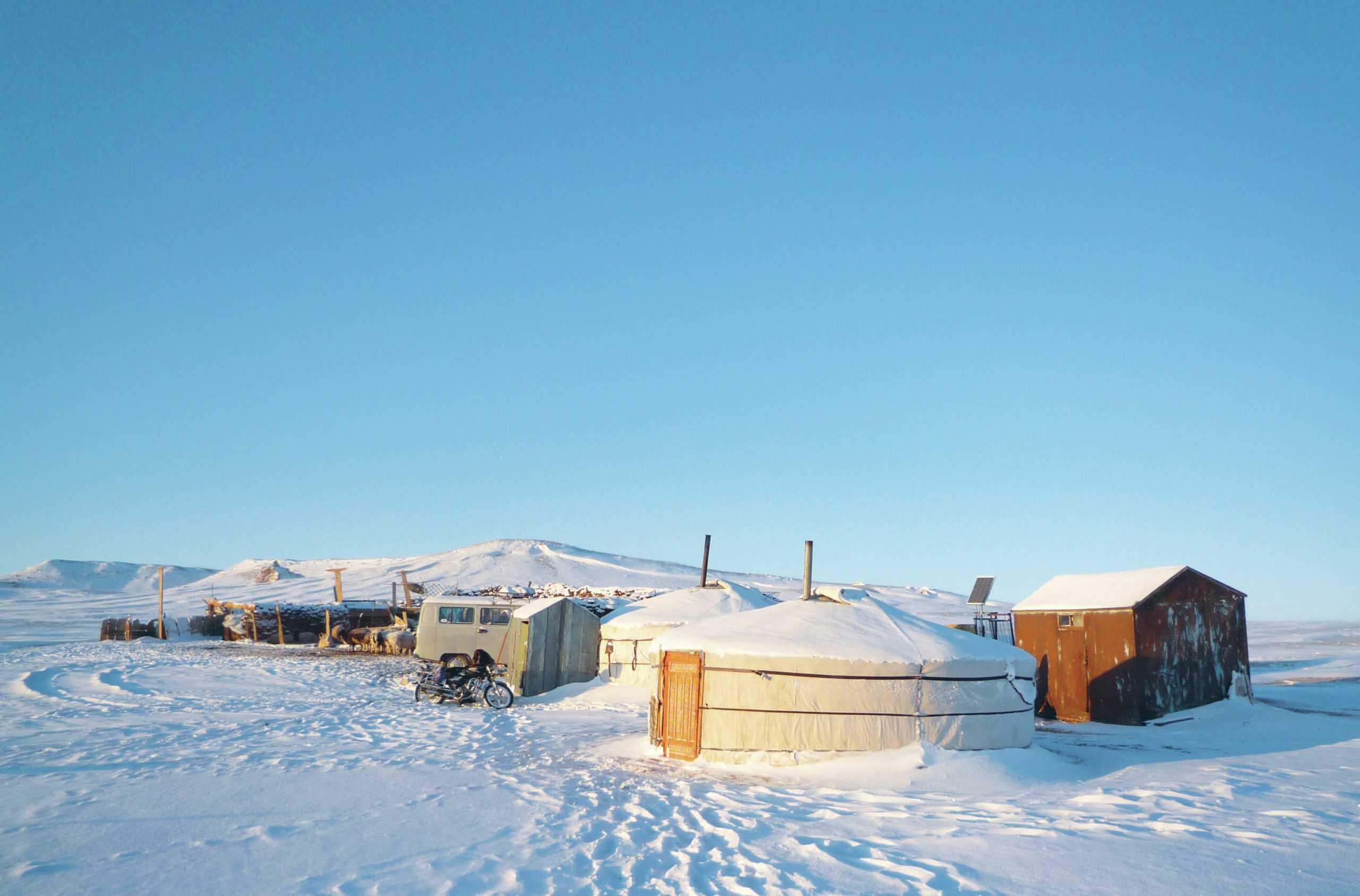
Mongolia is a vast country, approximately three times the size of France (see Figure 1). Rolling plateaus, mountains and desert steppe (semi-arid grassland without trees) cover most of the country. It is so far inland that no sea moderates its climate, which results in extreme continental characteristics. Mongolia suffers large temperature shifts between hot and cold. Ulan Bator is recognised as being the coldest capital city in the world, with temperatures dipping to below –30 oC in the winter.
Mongolia is often called the ‘land of blue sky’, as the sun shines on average for 270 days each year. Precipitation is low, although it varies widely and unpredictably from year to year and from place to place. Southern Mongolia is dominated by the Gobi Desert, some regions of which receive no precipitation in most years.
Your organisation does not have access to this article.
Sign up today to give your students the edge they need to achieve their best grades with subject expertise
Subscribe




